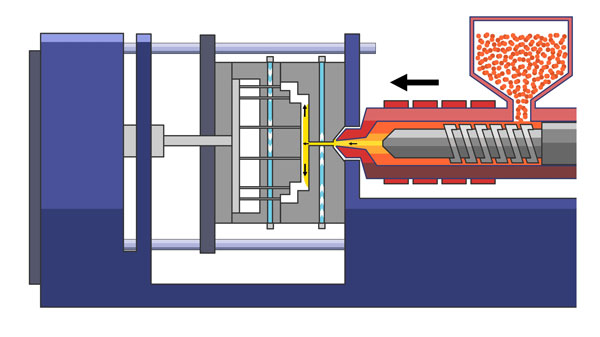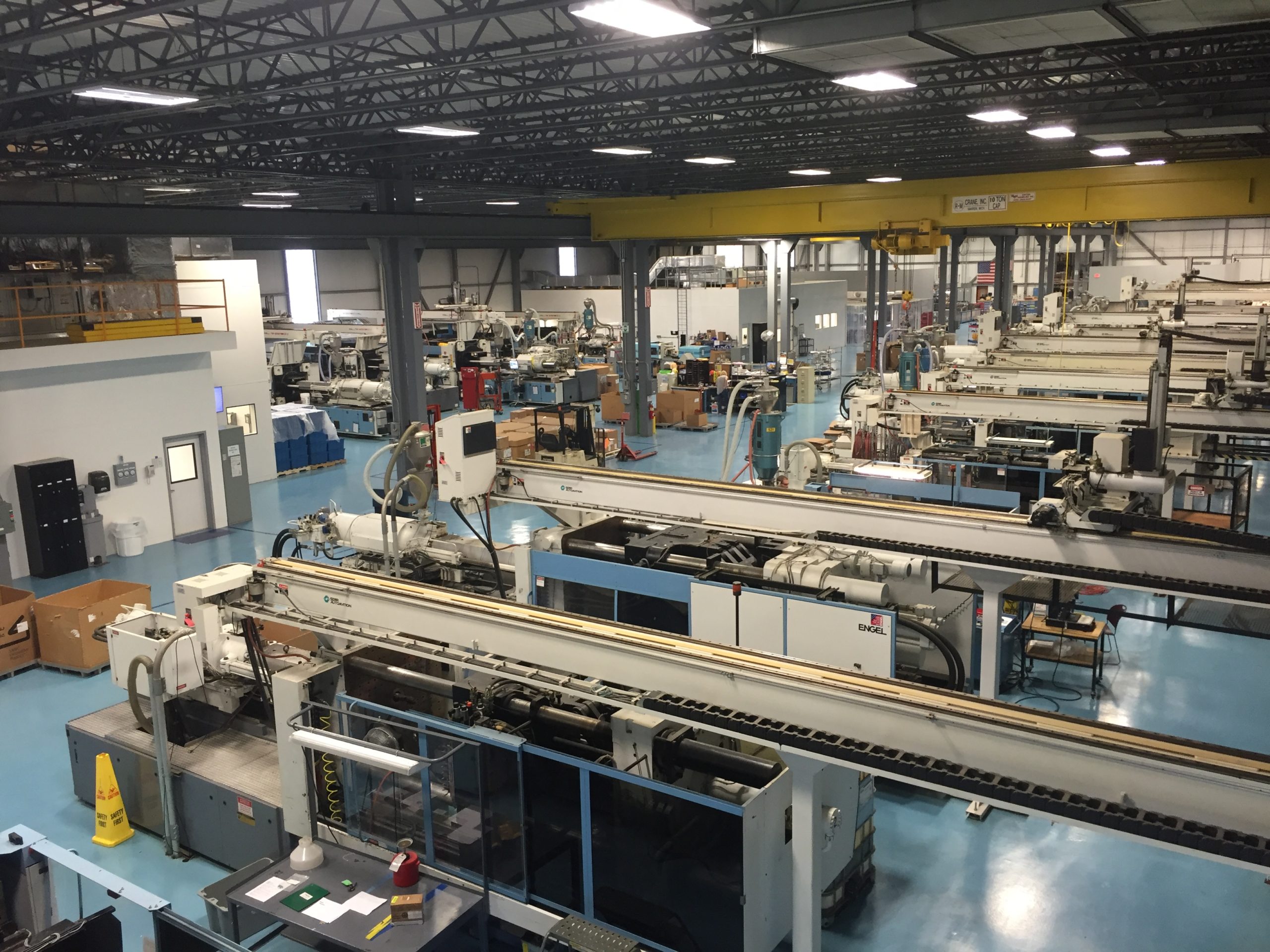Lean Manufacturing Things To Know Before You Buys
Wiki Article
Some Known Questions About Oem.
Table of Contents6 Easy Facts About Lean Production DescribedAll About Die CastingThe Basic Principles Of Additive Manufacturing The Ultimate Guide To Lean ProductionManufacturing Industries Fundamentals Explained6 Simple Techniques For Lean Manufacturing
The message on this web page is an example from our full White Paper 'Shot Moulding for Customers' - * Sample message * - for complete overview click the download button over! Intro This overview is meant for people who are looking to source plastic mouldings. It gives a much needed understanding right into all that is involved with developing plastic components, from the mould tool called for to the moulding process itself.If you intend to check out even more, the guide covers sorts of mould tools, along with unique finishing processes such as colours & plating. Words that are underlined can be found in the reference in the appendix ... Component I: Moulding: The Fundamentals The Advantages of Shot Moulding Plastic shot moulding is a very exact procedure that provides several advantages over various other plastic processing techniques.
Precision is excellent for really elaborate parts. Contrasted to various other methods, moulding allows you to incorporate even more functions at extremely little resistances. Look at the image to the right. die casting. You can hold this moulding in the palm of your hand and it has bosses, ribs, metal inserts, side cores and also holes, made with a moving shut down function in the mould tool.
Hon Hai Precision - The Facts


from material feed Product melting; material injection; shot time and ejection as well as the re-closing of the mould tool ready for the next cycle. Draft angles - The walls of a moulded component must be slightly tapered in the instructions in which the part is ejected from the mould device, to allow the part to be expelled quickly.
Ejector stroke - The pressing out of ejector pins to eject the moulded part from the mould device. Ejector stroke rate, size and also timing requires to be thoroughly regulated to protect against damages to the ejectors and also mould device, but at the same time make the moulding cycle as brief as possible.

The 20-Second Trick For Manufacturing
Ribs - When a plastic component has slim walls, ribs are included to the design to make the slim walls stronger Side cores - Side activity which creates a feature on a moulded part, at an opposing angle to the regular opening instructions of the mould device. lean manufacturing. The side core needs to be able to withdraw as the plastic part can not be expelled or else.
Walls - The sides of a moulded component The text on this web page is a sample from our complete White Paper 'Injection Moulding for Purchasers'.
Manufacturing procedure for creating components by infusing liquified product into a mould, or mold Simplified diagram of the procedure Injection moulding (U.S. punctuation: injection molding) is a production procedure for producing components by infusing molten material right into a mould, or mold. Shot moulding can be done with a host of products mostly consisting of steels (for which the process is called die-casting), glasses, elastomers, confections, and also most generally thermoplastic and also thermosetting polymers. Shot moulding is extensively utilized for producing a range of components, from the tiniest elements to entire body panels of vehicles. Injection moulding uses a special-purpose maker that has three components: the injection device, the mould and also the clamp.
Manufacturing - An Overview
, with the quantity used of the former being considerably higher.: 13 Thermoplastics are widespread due to characteristics that make them extremely appropriate for shot moulding, such as simplicity of recycling, flexibility for a wide range of applications,: 89 and ability to soften as well as stream on home heating.In numerous cavity moulds, each tooth cavity can be identical and create the very same parts or can be unique and also create multiple various geometries during a solitary cycle. Moulds are web link generally made from device steels, however stainless steels and aluminium moulds appropriate for sure applications. Aluminium moulds are generally ill-suited for high volume production or components with slim dimensional tolerances, as they have substandard mechanical residential or commercial properties as well as are much more prone to use, damages, and deformation throughout the injection as well as clamping cycles; nevertheless, aluminium moulds are affordable in low-volume applications, as mould construction expenses and time are significantly decreased.
The screw supplies the raw material ahead, mixes and also homogenises the thermal and thick circulations of the polymer, and also minimizes the called for home heating time by mechanically shearing the material official statement as well as including a considerable quantity of frictional home heating to the polymer. The material feeds onward via a check valve and also accumulates at the front of the screw right into a quantity referred to as a shot. When sufficient material has actually collected, the material is forced at high pressure and also speed into the component developing tooth cavity. The exact amount of contraction is a feature of the material being used, and also can be reasonably predictable. To avoid spikes in stress, the procedure generally makes use of a transfer setting representing a 9598% full dental caries where the screw changes from a consistent speed to a constant stress control.
Plastic Manufacturing for Beginners
The packing stress is applied until the gate (cavity entrance) strengthens. Due to its tiny size, the gateway is usually the first area to solidify with its entire thickness.: 16 Once the gate solidifies, no more product can get in the cavity; as necessary, the screw reciprocates and obtains product for the following cycle while the material within the mould cools so that it can be ejected and also be dimensionally steady.Report this wiki page